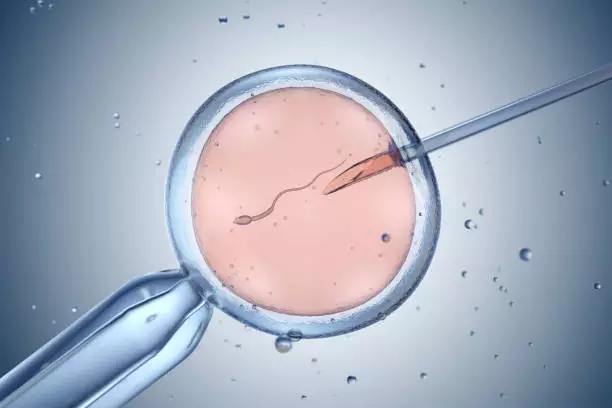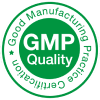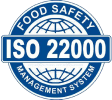Visit in vitro fertilization (IVF) is a technique for assisted reproduction which has revolutionized the way infertility problems are tackled. It offers couples who have difficulty conceiving naturally a chance to start a family. This article describes the various stages and techniques involved in IVF, as well as its advantages and disadvantages.
The main stages of in vitro fertilization
In vitro fertilization goes through several essential stages to achieve a successful pregnancy. Here is an overview of the different phases:
Ovarian stimulation
During this phase, the woman's ovaries are stimulated to produce several eggs. This stimulation is carried out using hormonal drugs. The aim is to obtain a sufficient number of mature oocytes to increase the chances of IVF success.
- Synthesis of human gonadotropin hormones to stimulate the ovaries.
- Regular monitoring via ultrasound and blood tests.
- Adjustment of hormone dosages according to observed ovarian responses.
Ovulation induction and oocyte retrieval
Once the oocytes have reached the desired maturity, an ovulation-inducing drug, often called a "trigger", is administered. This process prepares the oocytes for retrieval (follicular puncture) about 36 hours later.
Harvesting is performed under light anesthesia and guided by ultrasound. The oocytes are then collected with a fine needle inserted into each mature follicle.
Fertilization proper
Sperm preparation and selection
At the same time as the oocytes are collected, a sperm sample is provided by theman. A rigorous selection of spermatozoa to optimize fertilization.
Oocyte insemination
The mature oocytes are then brought together with selected spermatozoa in a controlled laboratory environment. Optimal conditions are created to promote the meeting of the gametes and facilitate the fusion of the spermatozoon with the oocyte.
There are two main techniques for this step:
- Classic fertilization : simple mixing of oocytes and spermatozoa in the same culture medium.
- ICSI (intracytoplasmic sperm injection) : direct injection of a single sperm into the cytoplasm of each oocyte. This procedure is used in cases of low sperm quality or quantity.
Embryonic development and transfer
Embryo culture
After fertilization, fertile oocytes become embryos, which are cultured for a few days. This usually takes place between 3 and 5 days in the laboratory, where embryologists monitor their cellular development.
This process selects the most promising embryos to maximize the chances of successful implantation in the uterus.
Embryo transfer
The transfer of the embryos into the uterus marks a key stage. Usually, one or two embryos are transferred to limit the risk of multiple pregnancies. The choice of how many embryos to transfer depends on a number of medical factors, including the patient's age and the quality of the embryos available.
This transfer is performed vaginally using a thin, flexible catheter, minimizing pain and discomfort for the patient. No anesthesia is required for this rapid procedure.
Advanced techniques and innovations in IVF
Embryo freezing
Surplus viable embryos can be frozen for future attempts. This method, called cryopreservationThis reduces the need to redo all the steps right from the start in the event of an unsuccessful first attempt.
Pre-implantation genetic screening
Pre-implantation genetic screening can be carried out to guarantee better embryo quality and avoid certain hereditary diseases. This involves analyzing the genetic characteristics of the embryos before they are transferred to the mother's uterus.
Advantages and limitations of IVF
Like all medical techniques, IVF has its benefits, but also its challenges and limitations.
Advantages of in vitro fertilization
Some of the main benefits include:
- High success rate compared with other assisted reproduction methods.
- Possibility of overcoming various types of male and female infertility.
- Advanced technologies such as ICSI considerably increase the chances of fertilization.
Disadvantages and challenges
On the other hand, IVF has certain aspects to consider:
- High cost which can represent a major financial obstacle for some couples.
- Risks of medical complications, particularly those associated with excessive ovarian stimulation.
- Emotional uncertainties and stress associated with expectations of results after each cycle.
Factors influencing IVF success
Several factors play a crucial role in IVF success rates:
Maternal age
The woman's age is a determining factor, as the quality and quantity of oocytes diminish over time. Women under 35 have a relatively better chance of success than those over 40.
Gamete quality
From eggs and spermatozoa contribute greatly to the formation of viable embryos. These parameters are carefully assessed during sampling.
General physical condition
A healthy lifestyle, including a balanced diet and regular physical activity, also helps to improve IVF results. In addition, avoiding tobacco, alcohol and other toxic substances promotes a better response to the hormonal treatments used during the procedure.
Visit in vitro fertilization represents a viable option for many couples facing the challenge of infertility. Despite its complex and sometimes restrictive aspects, it opens the door to motherhood and fatherhood for many of them.











